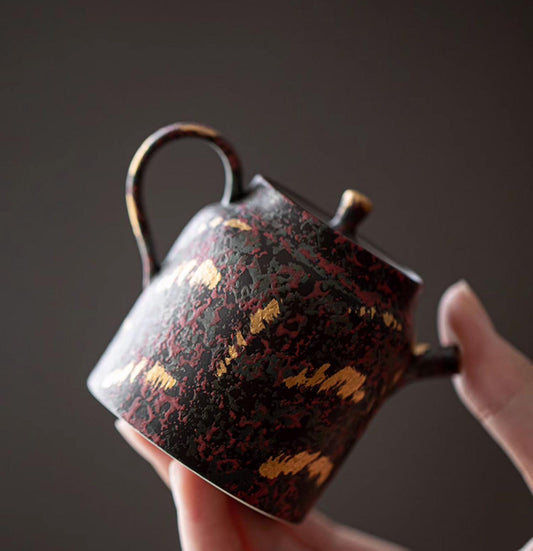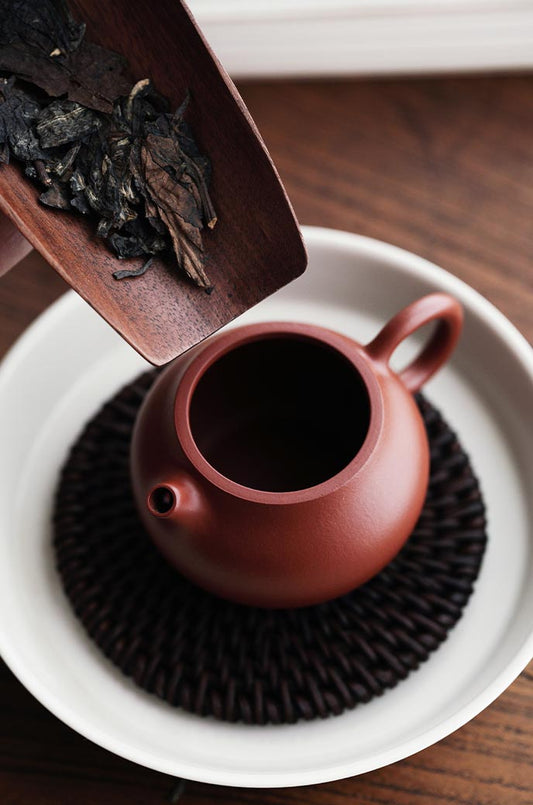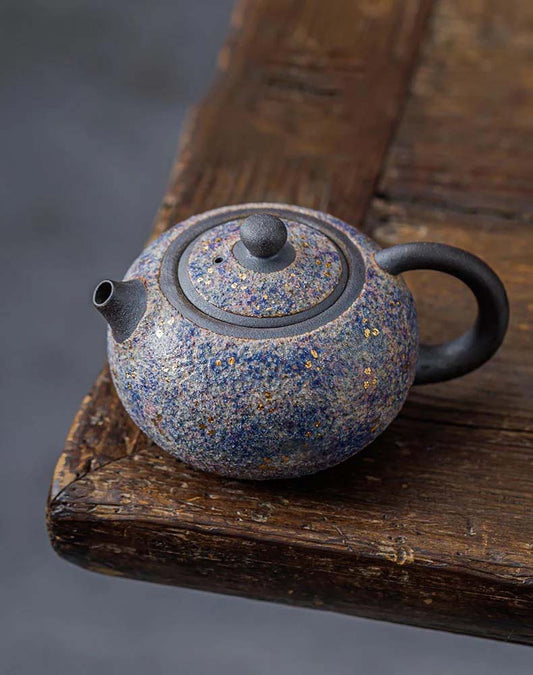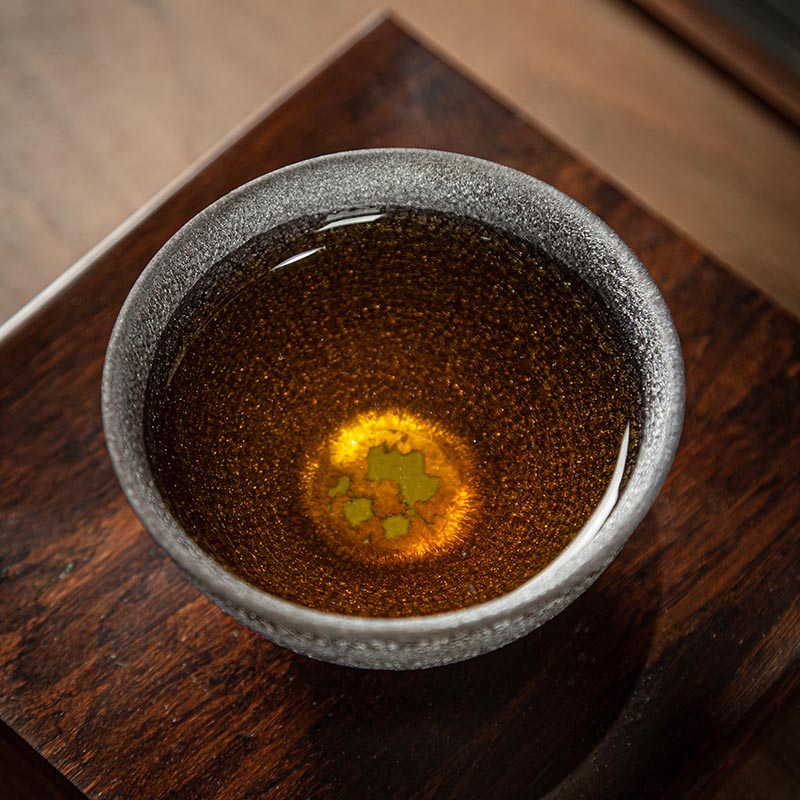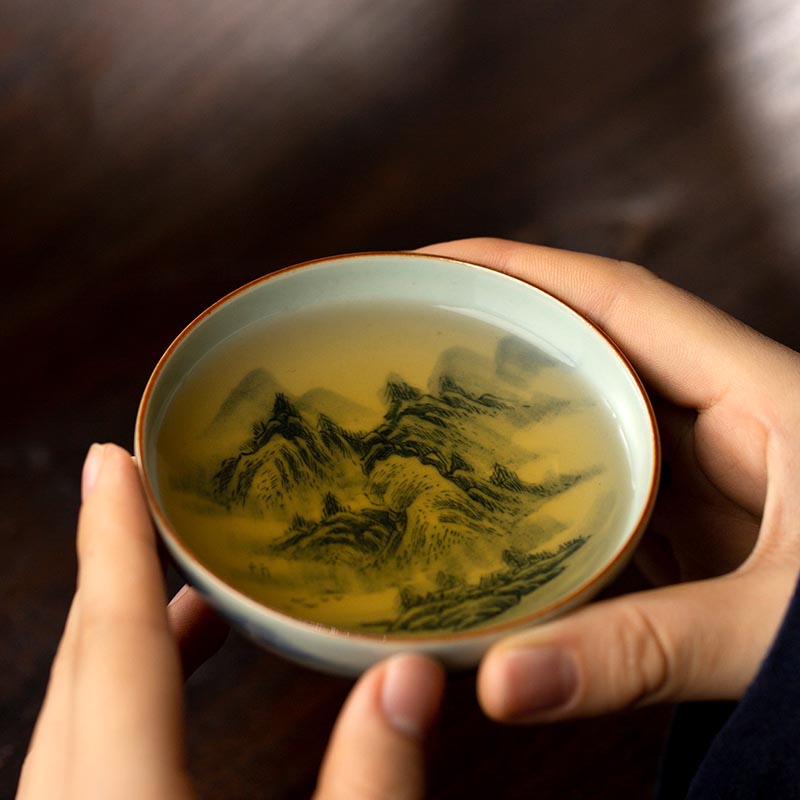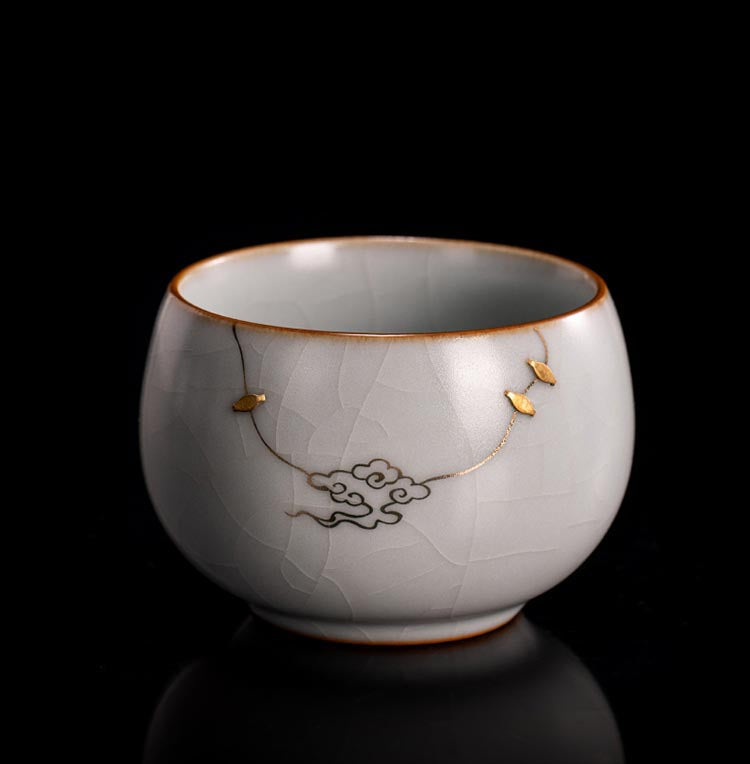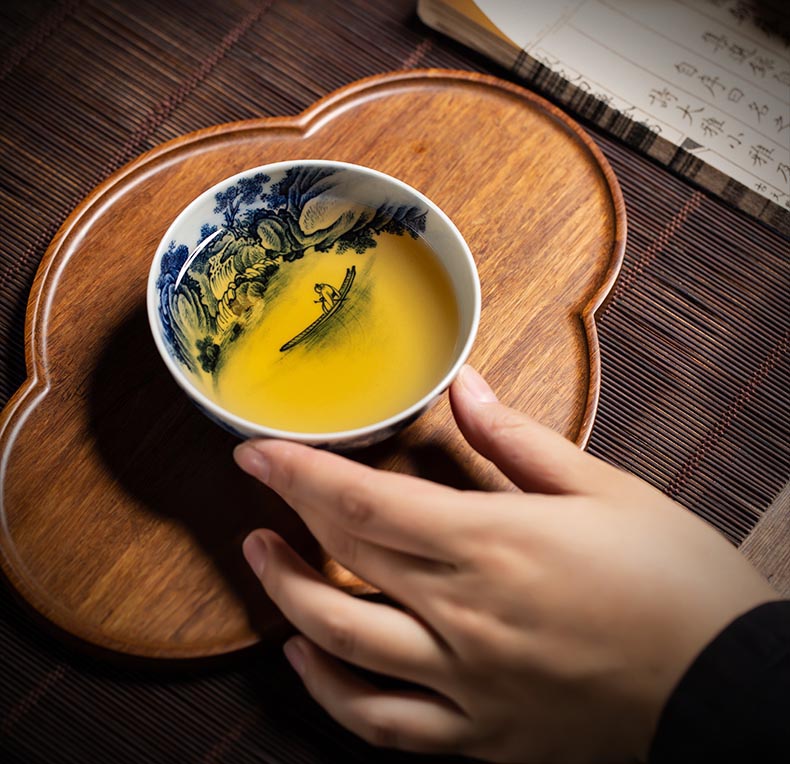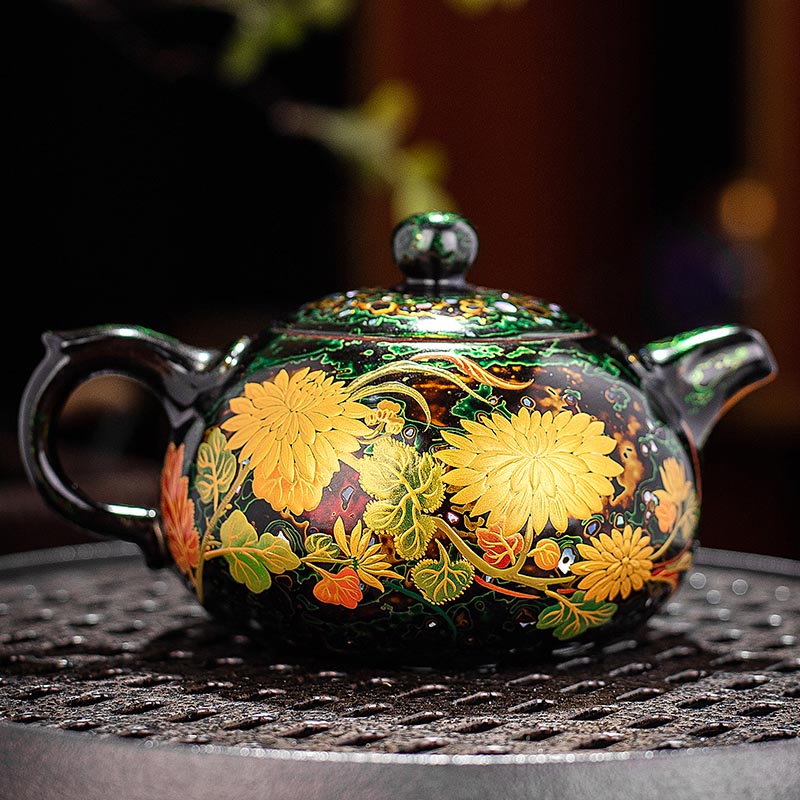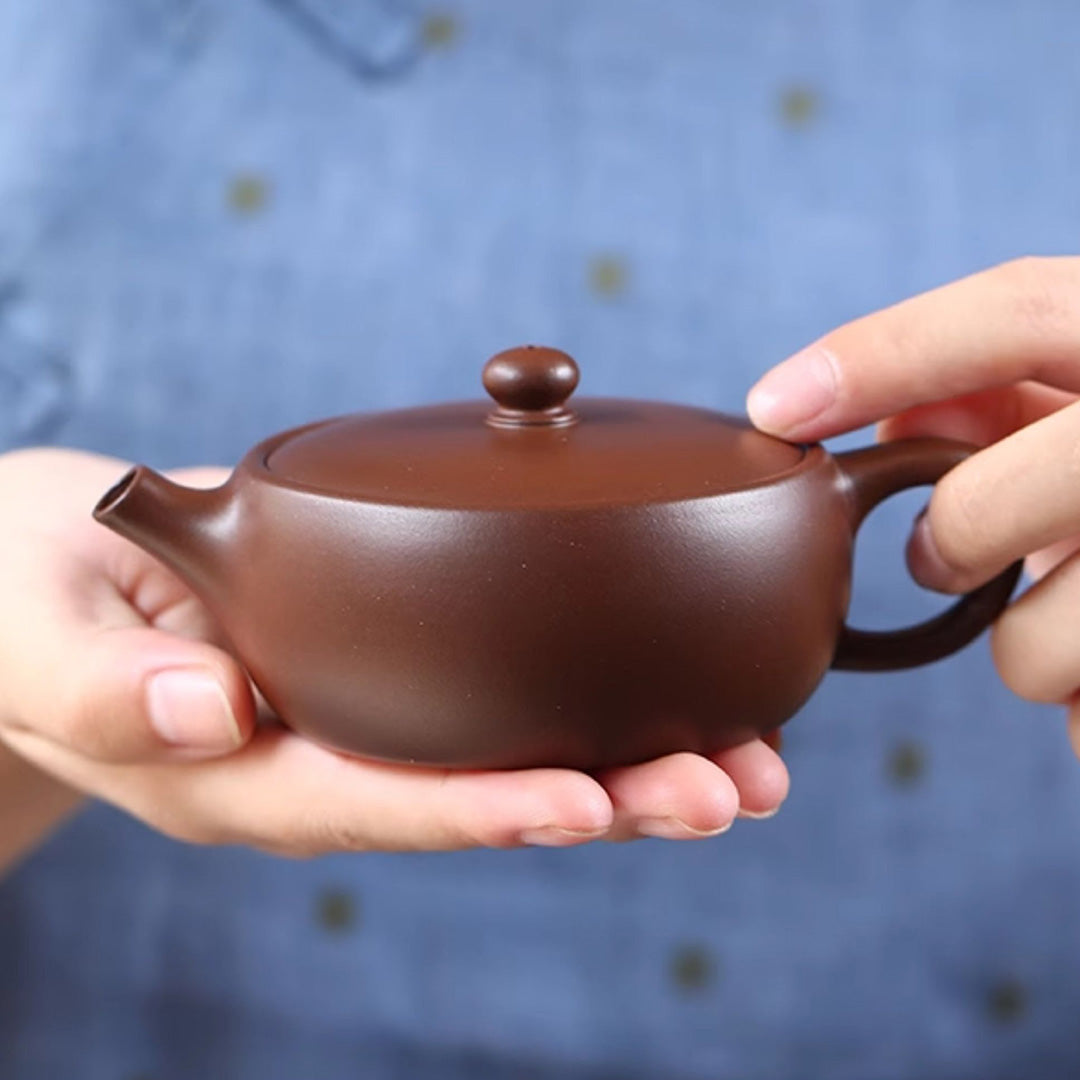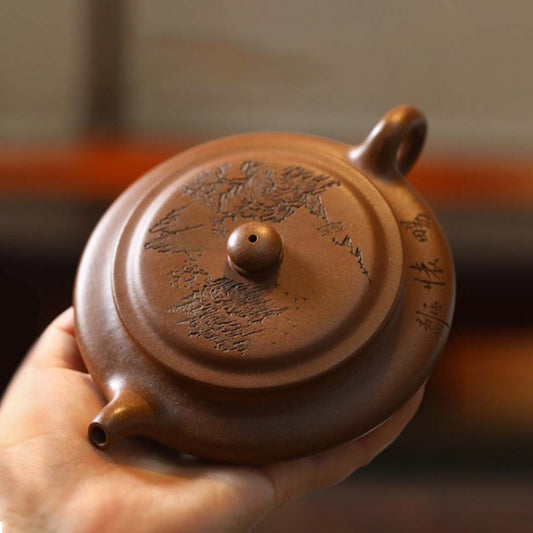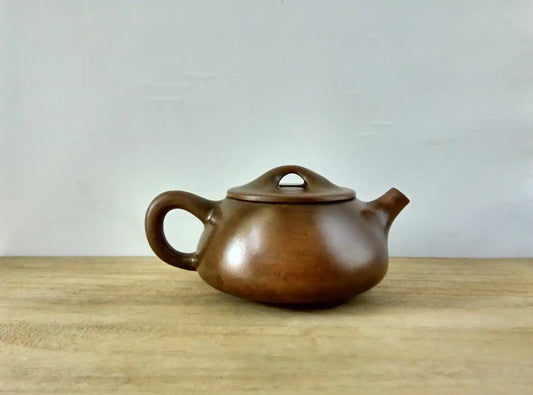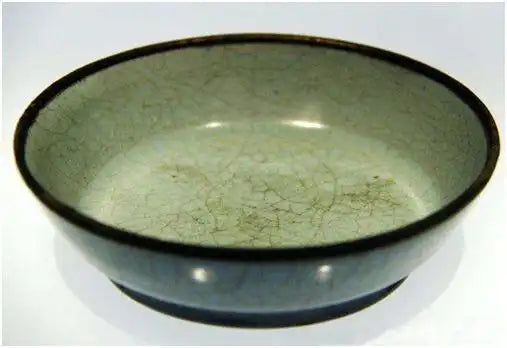Teacup Ornaments A Delicate Dance of Craft and Tradition
Teacup Ornaments A Delicate Dance of Craft and Tradition
There's something profoundly magical about a teacup. Beyond its utilitarian function, it embodies a timeless dance of craft and artistry, where every curve, glaze, and motif speaks a narrative of culture and tradition. For those of us who find ourselves cradling a cup of tea in quiet contemplation, the ornamentation of these teacups can often be as enchanting as the tea itself.
In the world of tea, where each type tells its own story—be it the grassy whispers of a Chinese Longjing or the rich, malty echoes of a Ceylon black—the teacup is a stage. When adorned with intricate ornaments, these cups invite a deeper connection to the tea experience. It is a dialogue not just with the present brew but with the generations of artisans who have shaped these vessels.
Consider the delicate floral motifs often seen on Japanese porcelain, reminiscent of cherry blossoms scattering across a spring breeze. These designs do more than evoke seasonal beauty; they are embedded in Japan's tea culture, where every element—from the arrangement of the room to the selection of the tea—is a considered act of harmony and balance. This aesthetic, wabi-sabi, embraces the beauty in imperfection, and even the most unassuming teacup can become a meditation on life's transience.
On the other hand, the bold brushwork on a Korean celadon teacup might draw one's thoughts to the dynastic courts of the Goryeo period. Known for its jade-green glaze, celadon is celebrated for its serene, understated elegance. The subtle cracks in its glaze, known as crazing, invite a dance of light and shadow that can transform a quiet tea moment into an exploration of depth and contrast. Each cup becomes a reminder of the meticulous hands that crafted it, every artifact an heirloom of silent stories.
In China, the intricate carvings and glazes on a Yixing clay cup invite admiration not only for their beauty but for their function in enhancing the tea's flavor. Yixing teapots and cups, used for oolong or Pu-erh teas, acquire a patina over time, absorbing the essence of each brew and weaving it into an unseen tapestry of taste and aroma. The ornaments that grace these cups are more than decorative; they are a testament to the tactile intimacy of the tea experience, where form meets flavor in a seamless blend.
As you sip your next cup of tea, take a moment to feel the weight of the cup in your hands, trace the ornamentation with your fingertips, and imagine the cultural tapestry that these adornments represent. Each ornament on a teacup is a brushstroke of history, a whisper from the past brought into the present. It's like holding a piece of art that begs the question: how many stories have been shared over a simple cup of tea? And perhaps, in that moment of reflection, we find our own place in this ongoing tale.


